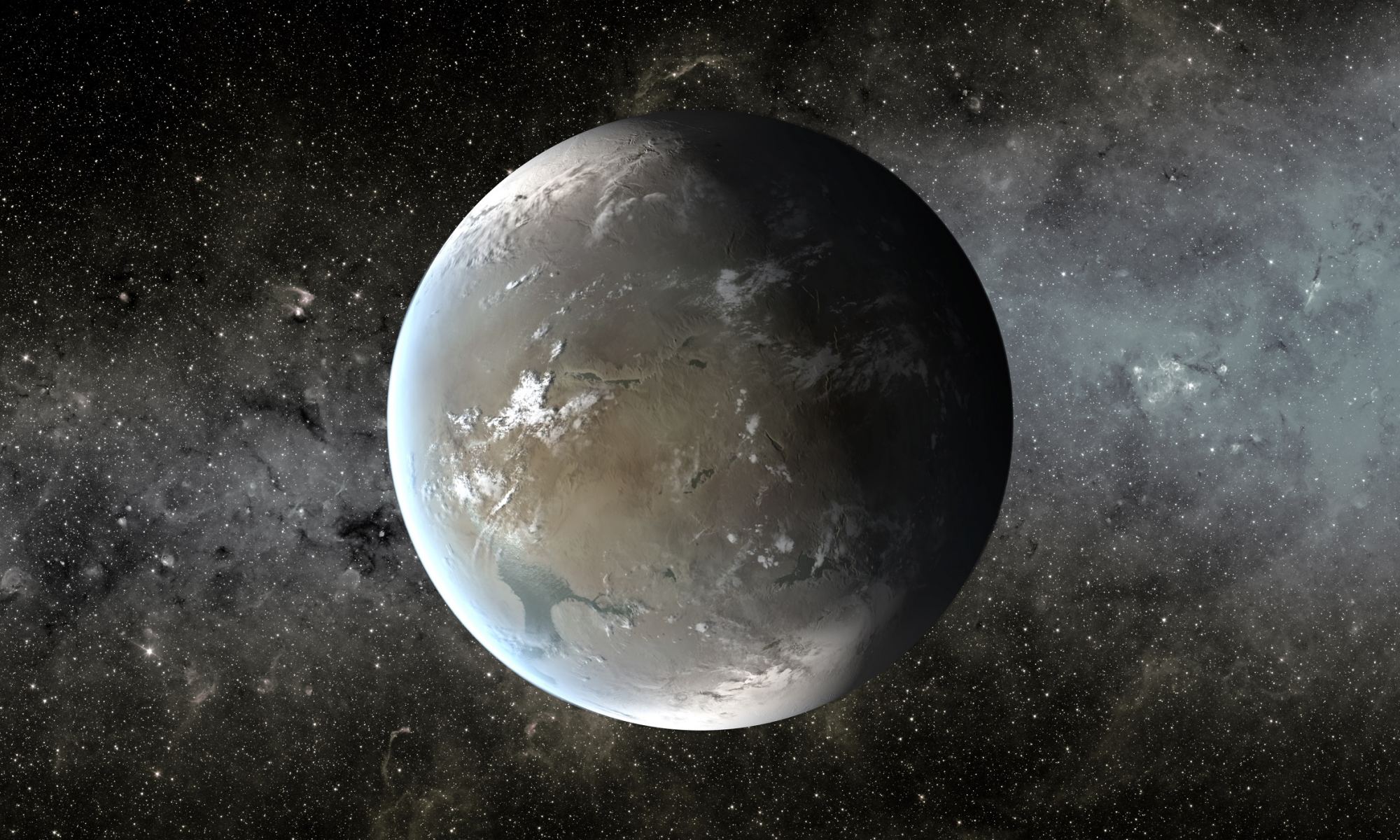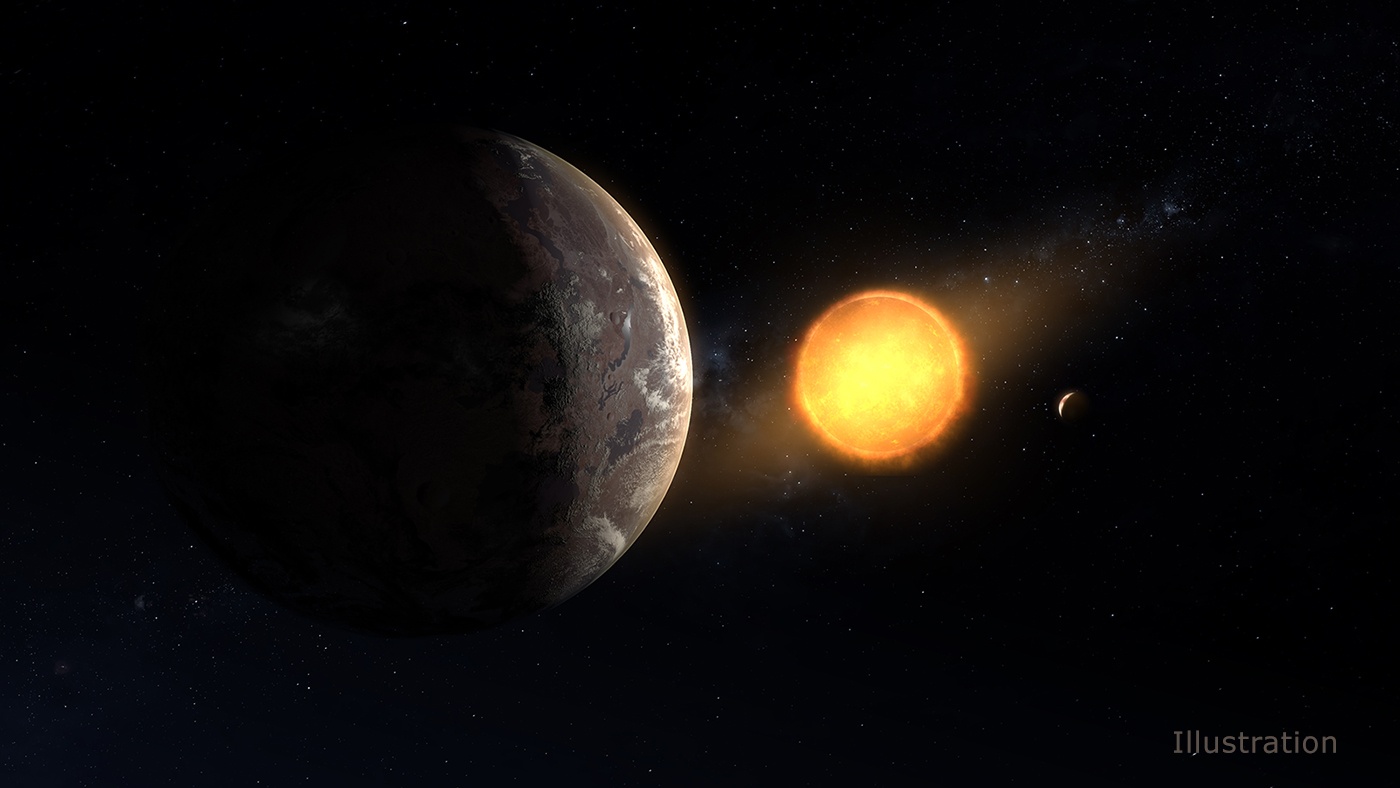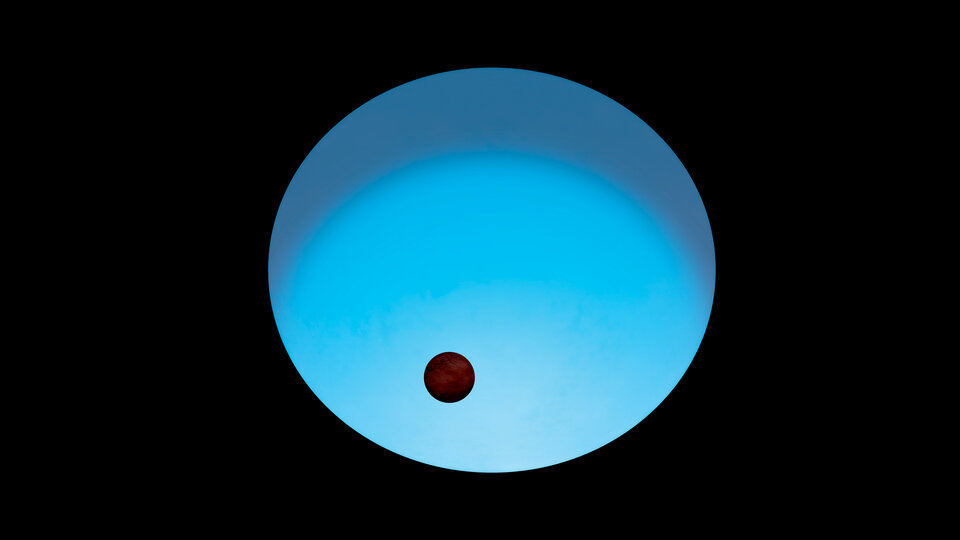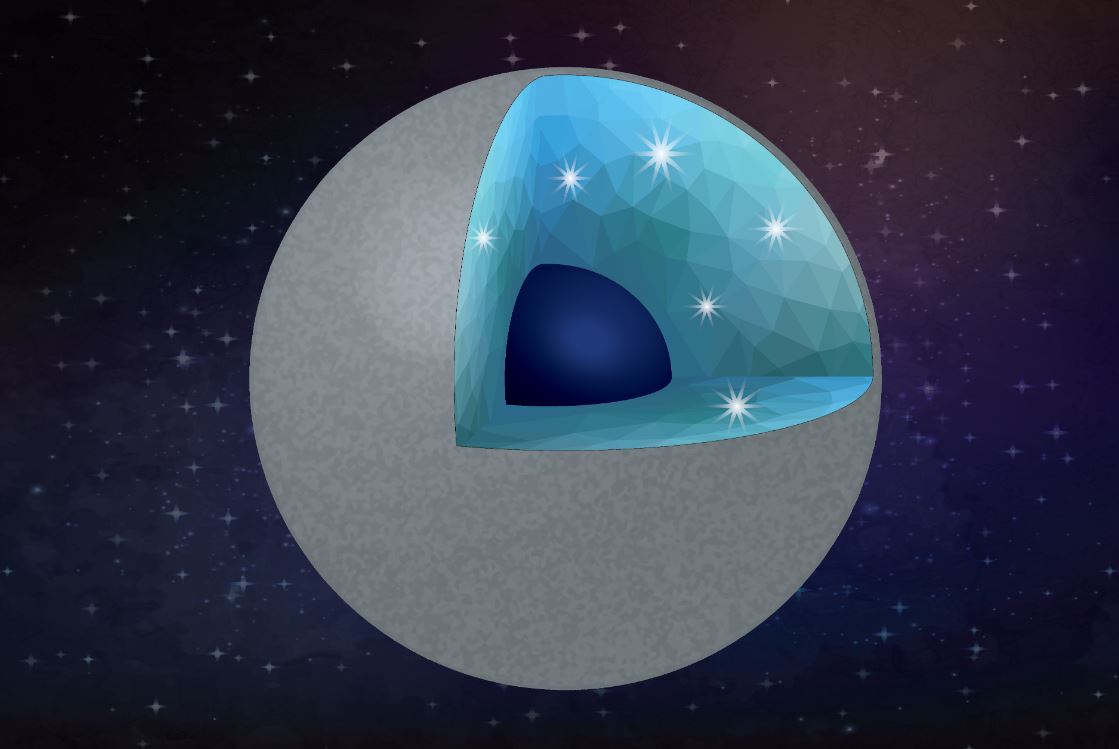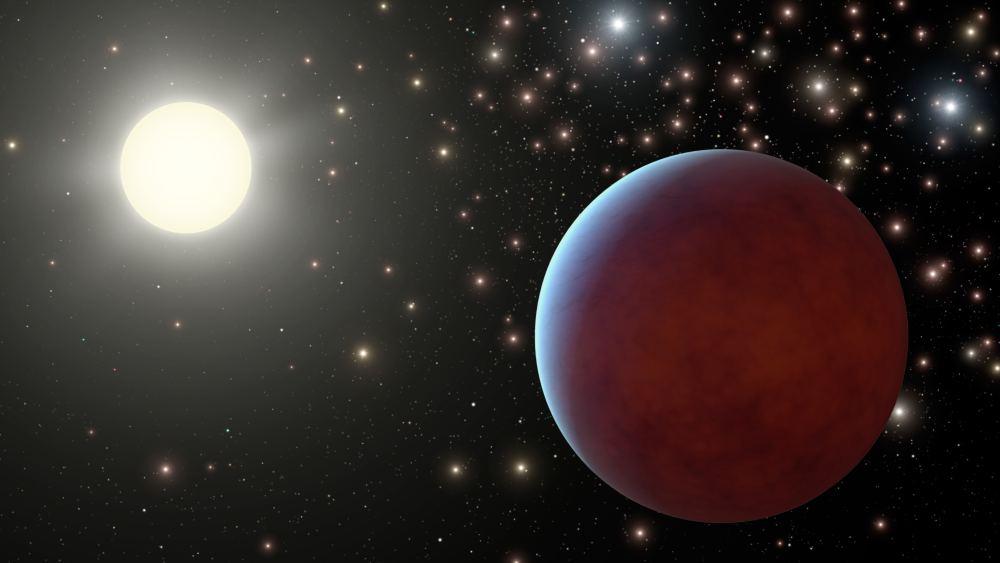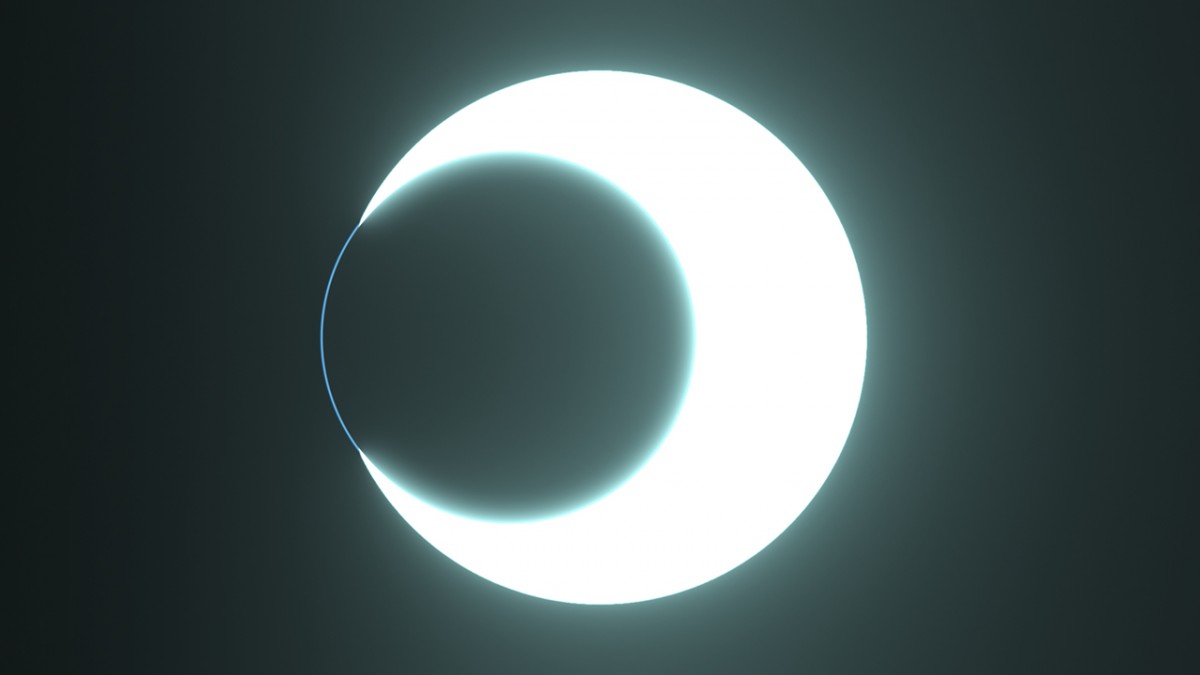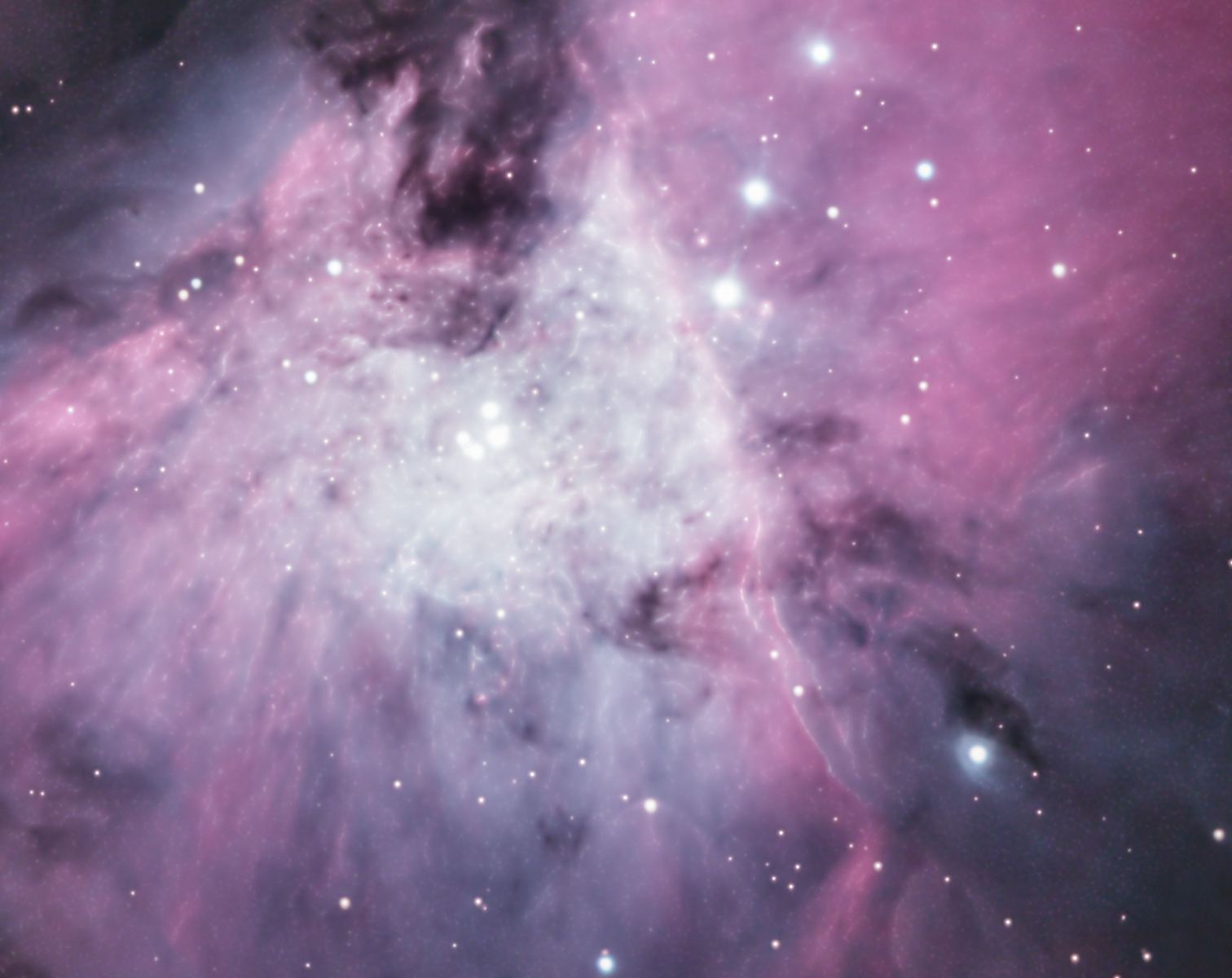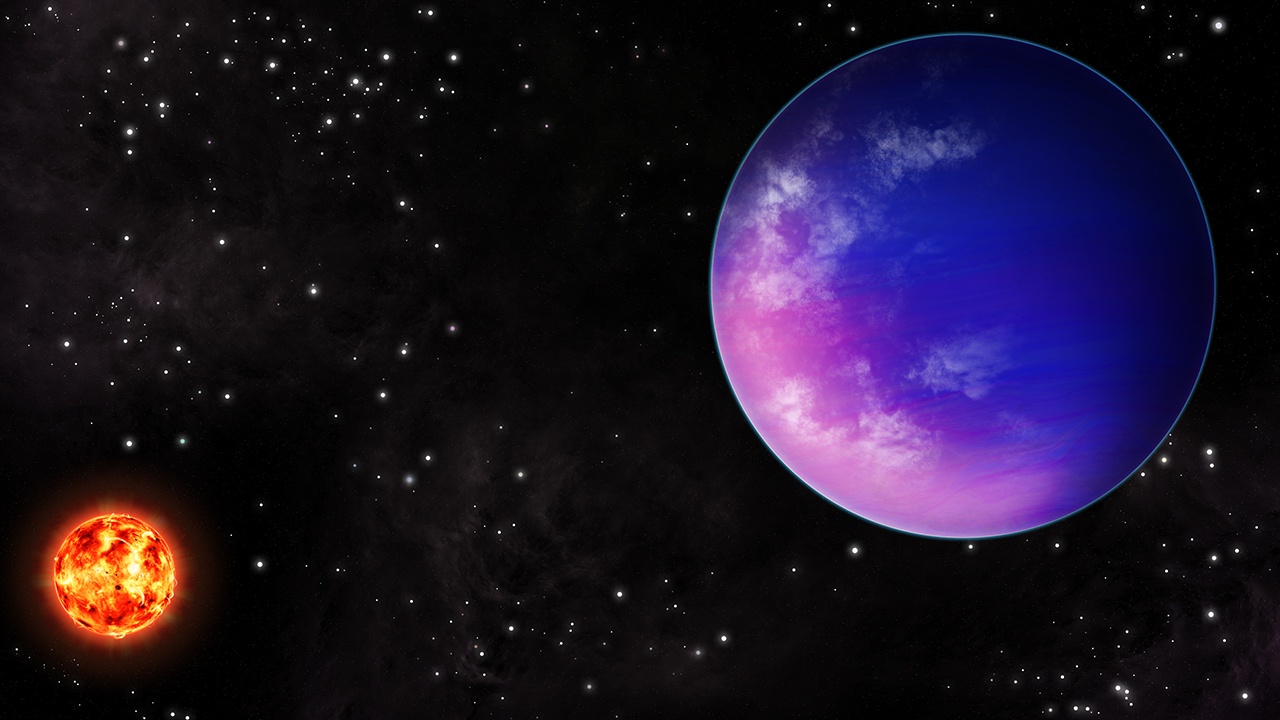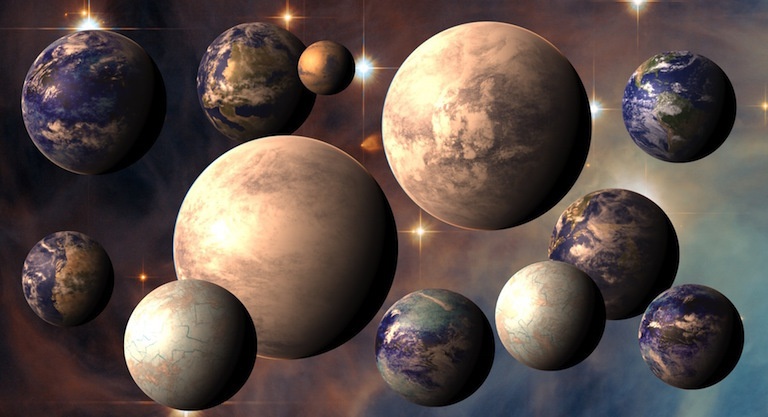That’s the kind of headline that can leave us scratching our heads. How can you see tree shadows on other worlds, when those planets are tens or hundreds of light years—or even further—away. As it turns out, there might be a way to do it.
One team of researchers thinks that the idea could potentially be used to answer one of humanity’s long-standing questions: Are we alone?
Continue reading “Here’s a Clever Idea, Looking for the Shadows of Trees On Exoplanets to Detect Multicellular Life”
